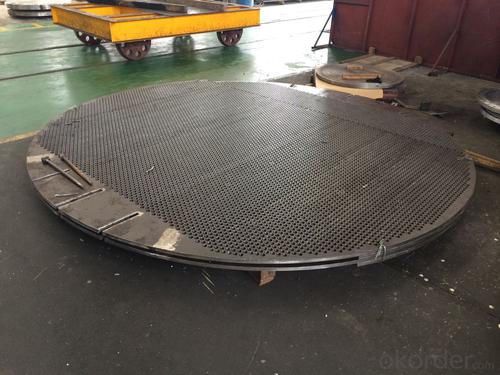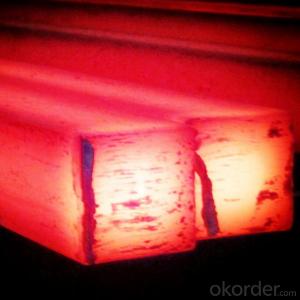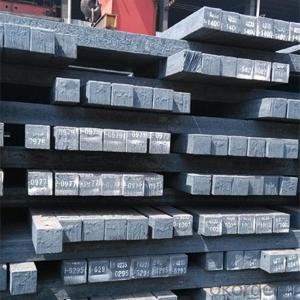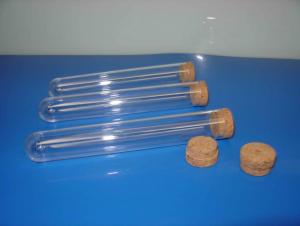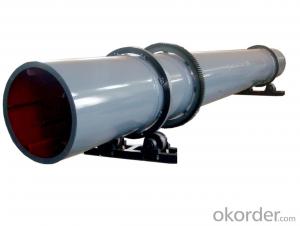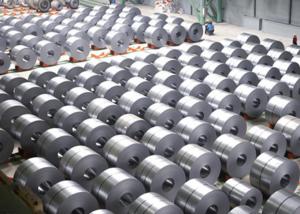Tube plate
- Loading Port:
- China Main Port
- Payment Terms:
- TT OR LC
- Min Order Qty:
- -
- Supply Capability:
- -
OKorder Service Pledge
OKorder Financial Service
You Might Also Like
Tube plate is drilled in circular steel tube outer diameter slightly larger than the same hole, will penetrate into the welded pipe fixed, play a role of such accessories
Tube sheet machining accuracy, especially the tube hole spacing and diameter tolerance, verticality, smoothness affect listed above are assembled and using performance of chemical equipment. With large-scale chemical equipment, power plant, the tube plate diameter becomes larger and larger, diameter of tube plate of 4m-5m is very common. Characteristics of large tube plate tube holes number, density, small pore size, depth, accuracy and high fineness
According to the needs of the different use of the environment, the use of different materials, container board generally use Q345R, such as class one or two pressure vessels, non corrosive medium circulation, use carbon steel composite plate. Encountered strong, high pressure and high temperature, such as nuclear power environment requires the stainless steel, 16 manganese, corrosion resistant titanium alloy materials, application of new synthetic materials, to bring new life to the tube plate products
For tube plates of three or four types of pressure vessel needs high precision hole machining, the traditional method is fitter, rocker drilling drilling. In recent years, with the large-scale chemical container, the diameter of the tube plate is also increasing, the thickness is gradually thickened, processing of tube sheets also introduced the NC technology, now in general use NC drilling machine hole guiding with the rocker drilling hole machining. Using the processing center to do the processing for high efficiency and high precision holes have gradually been accepted by some large enterprises. At present, large thick tube sheet in nuclear power, desalination, and central air-conditioning heat exchanger area needs a growing trend
- Q: How is steel forgings heat-treated for improved mechanical properties?
- Steel forgings are heat-treated through a process called quenching and tempering to enhance their mechanical properties. Initially, the steel is heated to a high temperature and then rapidly cooled, or quenched, in a liquid medium such as oil or water. This rapid cooling helps to achieve high hardness and strength in the material. Following quenching, the steel is tempered by reheating it to a lower temperature to relieve internal stresses and improve toughness while maintaining a desirable level of hardness. This heat treatment process is crucial in optimizing the mechanical properties of steel forgings, making them more durable and suitable for various applications.
- Q: How is steel used in the manufacturing of water treatment systems?
- Steel is commonly used in the manufacturing of water treatment systems due to its durability, strength, and resistance to corrosion. It is often used to construct tanks, pipes, and other components that come into contact with water, ensuring the system's longevity and reliability.
- Q: What are the different types of steel gratings and stair treads available?
- There are several different types of steel gratings and stair treads available, including welded steel gratings, press-locked steel gratings, and swage-locked steel gratings. Welded steel gratings are made by welding steel bars together to form a strong and durable grid structure. Press-locked steel gratings have interlocking sections that are mechanically locked together, providing a secure and stable surface. Swage-locked steel gratings are manufactured by permanently attaching cross bars to bearing bars through a swaging process, resulting in a high-strength and aesthetically pleasing grating. Stair treads can be customized to fit different applications, and they often come with various nosing options for added safety and stability.
- Q: How is steel used in the manufacturing of household appliances?
- Steel is commonly used in the manufacturing of household appliances due to its durability and strength. It is used to construct the frames and casings of appliances such as refrigerators, ovens, and washing machines. Additionally, steel is often used in the production of appliance components like hinges, handles, and shelves. Overall, steel plays a crucial role in ensuring the longevity and reliability of household appliances.
- Q: How are steel products used in the construction of government buildings and administrative centers?
- Steel products are commonly used in the construction of government buildings and administrative centers due to their durability, strength, and versatility. Steel beams and columns provide structural support, ensuring the stability of the building. Steel roofing and cladding offer protection against external elements and enhance the building's energy efficiency. Additionally, steel is often used for doors, windows, and interior partitions, providing security and flexibility in design. Overall, steel products play a critical role in constructing government buildings and administrative centers by contributing to their longevity, safety, and functionality.
- Q: How are steel plates used in the fabrication of storage tanks?
- Steel plates are used in the fabrication of storage tanks as they provide strength and durability to withstand the pressure and weight of the stored material. These plates are cut, shaped, and welded together to form the tank's shell, ensuring a secure and leak-proof structure. Additionally, steel plates can be coated or lined with protective materials to prevent corrosion and maintain the integrity of the tank over its lifespan.
- Q: How do steel products contribute to the construction of zoos and wildlife sanctuaries?
- Steel products are essential in the construction of zoos and wildlife sanctuaries as they provide strength, durability, and versatility. Steel is commonly used for constructing enclosures, fences, cages, and walkways, ensuring the safety and containment of animals while allowing visitors to observe them. Steel's ability to withstand harsh weather conditions and resist corrosion makes it ideal for outdoor structures, thereby ensuring the longevity of zoos and wildlife sanctuaries. Additionally, steel products are often used in the construction of support structures such as beams and columns, ensuring the stability of buildings and enclosures. Overall, steel products play a vital role in creating a secure and sustainable environment for both animals and visitors in zoos and wildlife sanctuaries.
- Q: What are the different types of steel beams and their applications?
- There are several types of steel beams used in construction and their applications vary based on their shape and properties. Some common types include I-beams, H-beams, and C-beams. I-beams are commonly used in structural applications, such as for supporting heavy loads and spanning long distances. H-beams are often used in residential and commercial construction for their strength and versatility. C-beams, also known as channel beams, are commonly used in applications where lightweight structural support is needed, such as in the construction of bridges or mezzanines. Overall, the choice of steel beam depends on the specific requirements of the project and the load-bearing capacity needed.
- Q: How is steel tubing used in the production of bicycle frames?
- Steel tubing is commonly used in the production of bicycle frames due to its strength, durability, and versatility. The tubing is typically cut, shaped, and welded together to form the main structure of the frame. This allows for a lightweight yet sturdy frame that can withstand the rigors of cycling. Steel tubing also provides a comfortable ride by absorbing road vibrations and offering a smooth and responsive feel.
- Q: What are the different types of steel wires and their uses?
- There are several types of steel wires, including carbon steel wire, stainless steel wire, and galvanized steel wire. Carbon steel wire is commonly used for general-purpose applications such as fencing, construction, and automotive manufacturing. Stainless steel wire, known for its corrosion resistance, is often used in industries like aerospace, medical equipment, and food processing. Galvanized steel wire is coated with zinc to enhance its corrosion resistance and is commonly used for agricultural purposes, wire mesh, and electrical applications.
Send your message to us
Tube plate
- Loading Port:
- China Main Port
- Payment Terms:
- TT OR LC
- Min Order Qty:
- -
- Supply Capability:
- -
OKorder Service Pledge
OKorder Financial Service
Similar products
Hot products
Hot Searches
Related keywords



